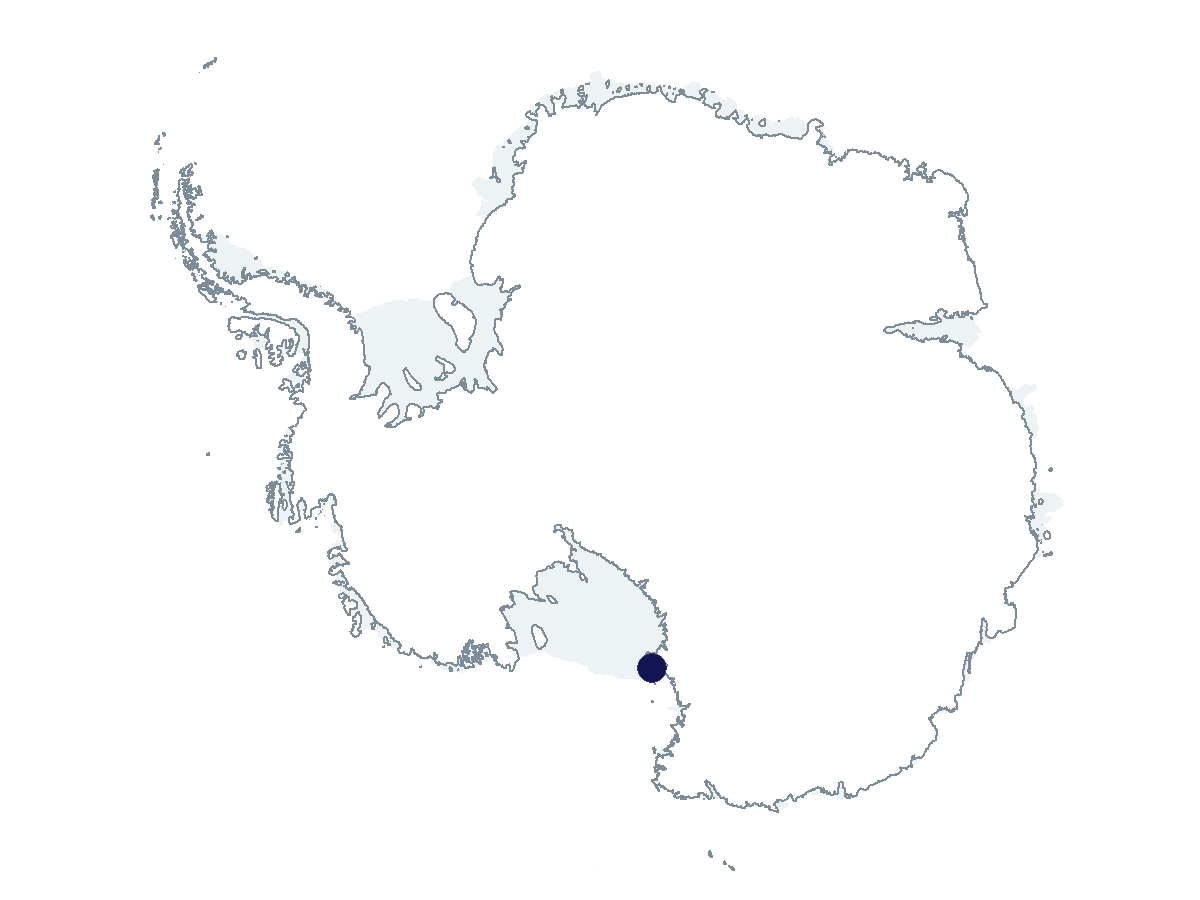2023-2024 USAP Field Season
Project Detail Project TitleSea-ice snow microbial communities’ impact on Antarctic bromocarbon budgets and processes Summary
Event Number:
Program Director:
ASC POC/Implementer: Principal Investigator(s)
Dr. Karen Junge
Location
Supporting Stations: McMurdo Station DescriptionJunge and co-PI Nunn contend that bromocarbons, bromine, and brominated compounds, found in the Antarctic sea ice-snow-atmosphere interface have recently been estimated to contribute close to 40% of the reactive bromines in the lower atmosphere. The data is based on measurements of Antarctic sea ice taken during the winter by Abrahamsson, a foreign collaborator on this project. Bromocarbons are known to contribute to the depletion of stratospheric ozone over Antarctica and this project will test if they are produced and degraded by algae and bacteria found in sea ice, snow, and the interface between the two. The project will collect a suite of chemical and biological measurements of sea ice and snow to determine bromocarbon concentrations, microbial activity associated with them, and intra-cellular genes and proteins involved in bromocarbon metabolism. Field Season OverviewSix participants will deploy from early October to early December. The team will preselect several potential field sites using 500m-resolution satellite snow cover data within 10-20 km from McMurdo Station, which will be scouted before sample collection begins to find a single site that is accessible and meets the necessary criteria (>75% snow cover, minimum snow depth of 3 cm, and presence of bromocarbons). This field site will be accessed by snowmachine twice every week on two consecutive days over the course of a six-week period to collect snow, sea ice, and under-ice seawater samples. Samples will be processed at Crary Laboratory, some of which will require use of the Radioisotope Lab. The group will sample at their selected field site on a total of twelve occasions (two sampling trips per week for six weeks). On each occasion, they will collect up to 200L of snow, 50L of sea ice, 10L of sack hole brines, and 20L of under-ice seawater. Seawater will be pumped through holes created when obtaining the sea ice cores. Samples will be brought back to Crary and processed (snow and ice samples will be melted – utilizing large-lidded plastic barrels sterilized for the snow samples). Deploying Team Members
|
2023-2024 Science Planning Summary



For USAP Participants |
For The Public |
For Researchers and EducatorsContact UsNational Science FoundationOffice of Polar Programs Geosciences Directorate 2415 Eisenhower Avenue, Suite W7100 Alexandria, VA 22314 Sign up for the NSF Office of Polar Programs newsletter and events. Feedback Form |



